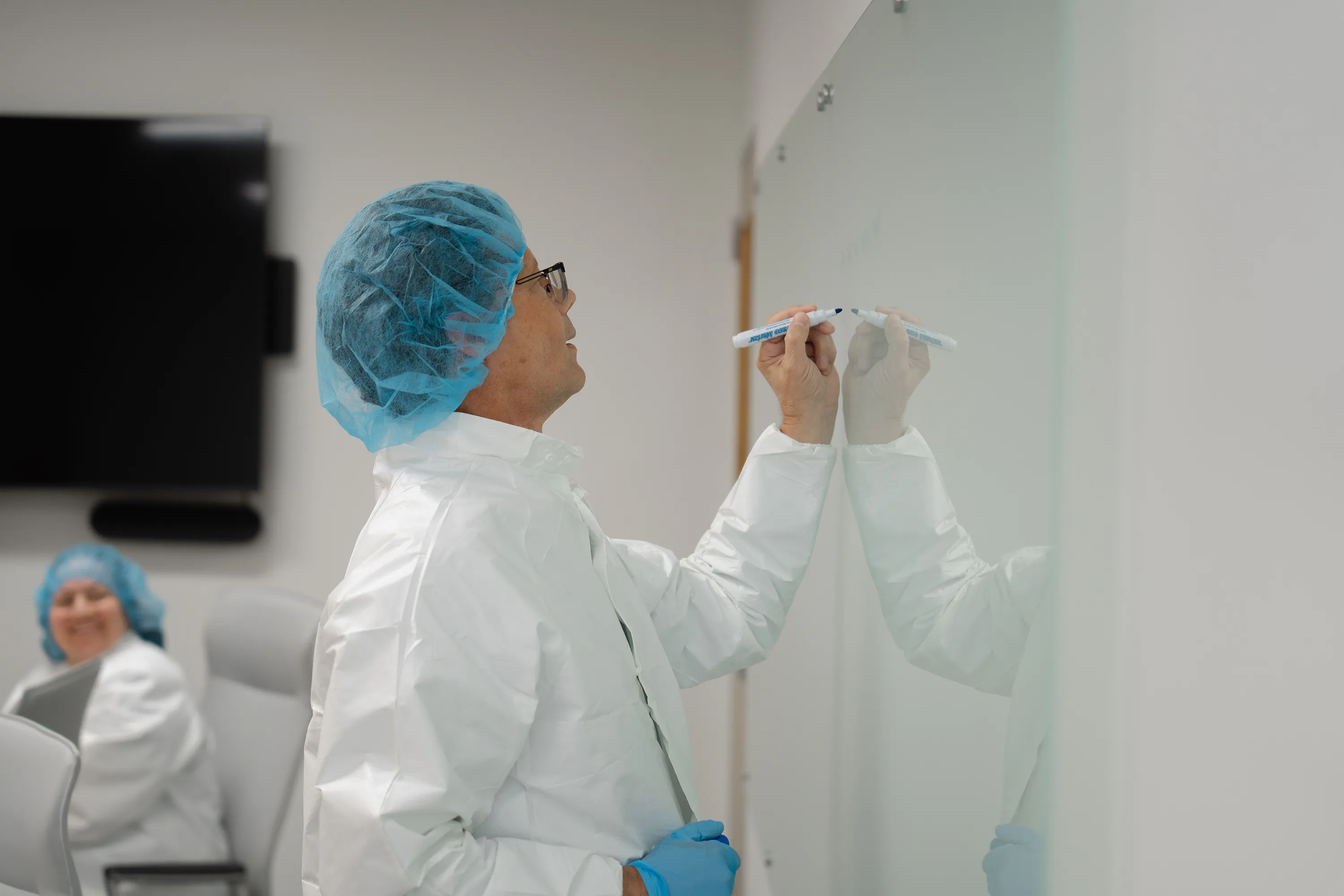
Mikro-Cath® Pressure Catheters use Millar’s patented pressure sensor technology to record precise measurements of cardiovascular function. This high-fidelity pressure data, in conjunction with imaging technologies, provides clinicians an opportunity to optimize lead placement in real time.
Cardiac resynchronization therapy (CRT) is an effective treatment performed in systolic heart failure patients with a wide QRS complex. The presence of a wide QRS complex indicates a block in the right or left bundle branches or non-specific delay.¹ This block or delay causes ventricular depolarization to travel through the myocardium instead of the His-Purkinje system. CRT uses electrical leads to optimize ventricular contractions by bypassing the heart’s depolarization system. These leads then control ventricular depolarization to narrow the QRS width and improve the heart’s efficiency.¹ However, factors such as the heart tissue’s response to stimulation, the absence of dyssynchrony, or the inability to achieve optimal lead placement contribute to CRT treatment failure in 30% of patients.²,³
Several studies have shown success with CRT implantation by using Millar solid-state Mikro-Cath pressure catheters.²-⁵ Using a Mikro-Cath in conjunction with imaging or pacing technologies, clinicians can optimize lead placement in real time by assessing parameters such as left ventricular (LV) volume, ejection fraction, QRS width, LV pressure, and dP/dtmax.
Currently, a positive response to CRT is seen as a 10% increase in left ventricular dP/dtmax.² This measurement is a valuable indicator of ventricular contractility that is not influenced by afterload, ventricular motion abnormalities, or deviations in chamber anatomy.⁶ A Mikro-Cath solid-state pressure sensor provides true, real-time dP/dtmax measurements and eliminates other shortcomings of fluid-filled pressure catheters, such as motion artifacts and signal augmentation.
The Mikro-Cath Pressure Catheter delivers repeatable, exact data for reliable insight into cardiovascular, respiratory and compartment pressure cases. The solid-state catheter is unaffected by motion artifacts or body position, providing data you can count on when making critical clinical decisions. Mikro-Cath also provides expert evaluation for benchtop studies when evaluating efficacy of medical device performance.

Download the Mikro-Cath Pressure Catheter information sheet to learn more about Millar’s market-leading solution for obtaining the most accurate and comprehensive cardiovascular pressure measurements.

¹ Kang, Si-Hyuck, Il-Young Oh, Do-Yoon Kang, Myung-Jin Cha, Youngjin Cho, Eue-Keun Choi, Seokyung Hahn, and Seil Oh. “Cardiac resynchronization therapy and QRS duration: systematic review, meta-analysis, and meta-regression.” Journal of Korean medical science 30, no. 1 (2015): 24–33.
² Sterliński, Maciej, Adam Sokal, Radosław Lenarczyk, Frederic Van Heuverswyn, C. Aldo Rinaldi, Marc Vanderheyden, Vladimir Khalameizer et al. “In heart failure patients with left bundle branch block single lead multispot left ventricular pacing does not improve acute hemodynamic response to conventional biventricular pacing. A multicenter prospective, interventional, non-randomized study.” PLoS One 11, no. 4 (2016).
³ Roeger, Susanne, Samir Said, Axel Kloppe, Thomas Lawo, Ulf Emig, Benny Rousso, David Gutterman, Martin Borggrefe, and Juergen Kuschyk. “Cardiac contractility modulation in heart failure patients: randomized comparison of signal delivery through one vs. two ventricular leads.” Journal of cardiology 69, no. 1 (2017): 326–332.
⁴ Ross, Stian, Eirik Nestaas, Erik Kongsgaard, Hans H. Odland, Trine F. Haland, Einar Hopp, Kristina H. Haugaa, and Thor Edvardsen. “Septal contraction predicts acute haemodynamic improvement and paced QRS width reduction in cardiac resynchronization therapy.” European Heart Journal-Cardiovascular Imaging (2020).
⁵ Kodani, Takeshi, Takanao Mine, Hideyuki Kishima, and Tohru Masuyama. “The effects of shock from defibrillation threshold testing on cardiac systolic and diastolic function.” Pacing and Clinical Electrophysiology 39, no. 9 (2016): 999–1005.
⁶ Garcia, Manuel Ignacio Monge, Zhongping Jian, Jos J. Settels, Charles Hunley, Maurizio Cecconi, Feras Hatib, and Michael R. Pinsky. “Performance comparison of ventricular and arterial dP/dt max for assessing left ventricular systolic function during different experimental loading and contractile conditions.” Critical Care 22, no. 1 (2018): 1–12.
